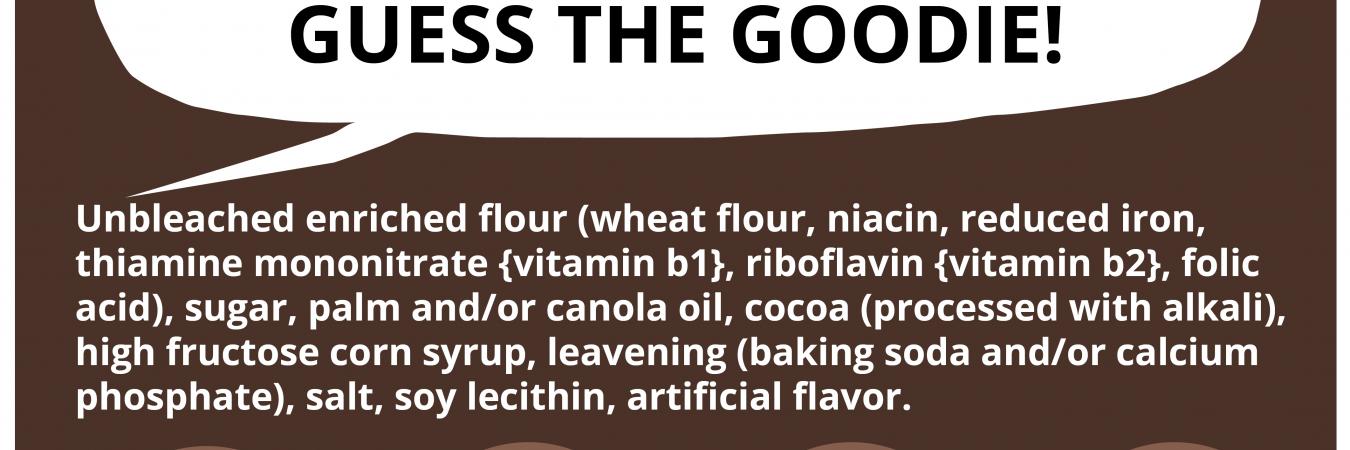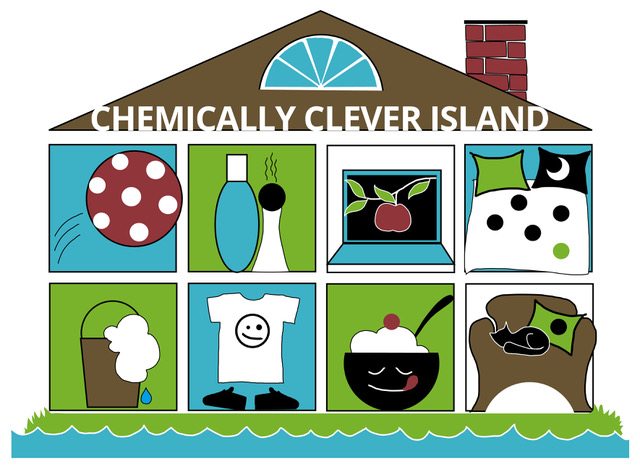Kitchen findings

Four typical items in the kitchen – and the chemicals hiding in them.
Teflon pan & spatula
In the end om 1930’s some chemists were looking for a new and less toxic refrigerant to refrigerators, but ended up inventing en extremely slippery fluorin plastic, which also happened to be heat resistant. Towards the end of the 20th century, when we were told not to eat fat, the teflon pan found its way to every kitchen. You could fry almost anything, and almost without oil or butter. Unfortunately perfluorinated substances are almost non-degradable and accumulate in our bodies and in the environment. They could be reproduction disruptive, carcinogenic and toxic. Besides, the black plastic spatula we bought not to scratch the teflon might leak endocrine disruptive Bisphenol A.
Plastic bowls
Bowls and boxes, ladles and bottles, tablecloth and film: most kitchens are stuffed with plastic. So called food plastic (sometimes marked with the ”glass and fork icon”) are intended for food storage. Despite legislation there is a lot we still do not know about plastic, though. Many substances are not fully examined. Plastic may contain heavy metals, endocrine disruptive softeners and bisphenols that may leak out in the food. Warm, sourish and greasy food should not be stored in plastic. Nor is the packaging that comes with the food we buy intended for reuse or hot machine dishwashing. Plastic in the freezer is OK, but melt and heat in other materials.
Grapes and coffee
In an EU-sample of grapes, remains of 20 different pesticides were found. Certainly no healthy snack, neither for adults nor children. Some fruits and vegetables are more sprayed than others, like bananas, citrus fruits, peppers and potatoes. Conventional coffee is also far from sustainably grown. The plantations are sprayed with very toxic pesticides, hazardous to both nature and the health of the plantation workers. The toxins move freely over national borders, borne by air and water. Remains may also end up in your coffee cup. Buy eco! And when it comes to grapes: The same applies to raisins and wine.
Biscuits
The table of contents above describes the popular Oreo cookies. Cookies are a kind of convenience food, very processed and full of additives, to save expensive ingredients and to extend the product’s shelf life. The best part is the creme center. The list of ingredients doesn’t distinguish between cookie and filling, but looking att the list the filling is probably made of sugar, palm and/or canola oil, high fructose corn syrup, soy lecithing, and artificial flavor. No cream or butter? No vanilla? This label of biscuits is no worse than corresponding ones. But if you want to diminish your intake of processed foods and chemical additives it is wise to start reading the table of contents, and learn to understand what you read.
